Dancing through life: The Story of Osman Abdul Hamid
Singapore’s pre-eminent champion of Malay dance and 2023’s Cultural Medallion recipient looks back on four decades of passion, perseverance, and pushing the envelope.
- 21 Dec 2023
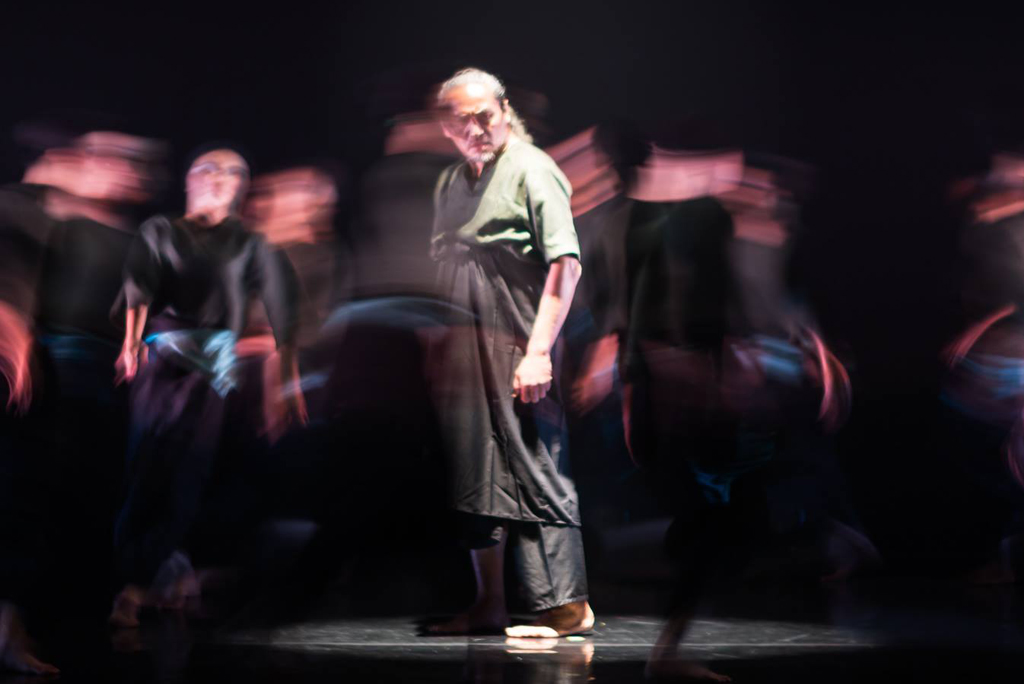
Image courtesy of Kuang Jingkai/Centre for the Arts, NUS Office of Student Affairs
Watching Osman Abdul Hamid move in the reflection of his studio’s full-length mirrors — swirling as fluidly as water one moment, then jumping like a spark of fire the next — it’s hard to imagine a world in which dance was not his destiny.
The storied career of the 61 year-old choreographer and artistic director of Era Dance Theatre Limited, however, wasn’t always a certainty.
“Growing up, I preferred sports. But in secondary school the girls started wanting dance partners, so my friends and I took classes at the People’s Association (PA),” he laughs.
The PA’s classes would expose young Osman to many forms of dance, from Zapin to Bharatanatyam and Chinese folk. Newly inspired, he joined the PA Cultural Troupe and the National Dance Company, frequently representing Singapore in performances across Asia.
We met people from all sorts of different backgrounds, and I learned to love and respect other traditions. That is what I think Singapore is built on.

L-R: As a teenager, Mr. Osman (centre) considered himself more of an athlete than a dancer; Mr. Osman performing Balinese dance at the 1986 ASEAN Cultural Exchange. Images courtesy of Osman Abdul Hamid text in field]
Keeping time
There were other important lessons to take from his early brushes with dance, too.
“My first dance teachers made me think about questions like ‘What is art? What is body and what is expression?’” he recalls, “but perhaps most importantly, they taught me that pursuing my passion meant being responsible and balancing my time.”
When Mr. Osman was called up for basic training at the Police Academy, he felt lost because he could only rehearse properly on weekends. Despite teasing from his squad mates, he would sneak practice sessions in quiet spots during the week.
Life would only get more complex in the years to follow with a growing family to balance alongside his professional dance aspirations. “It’s not been easy,” he admits, “but I am so grateful to my family for their support all these years.”
Choreographing the future
Having developed a rich, multicultural understanding of movement, Mr. Osman sought to innovate within traditional Malay dance.His original works introduced more energetic and collaborative gestures, originating in a kampung childhood where he swam in rivers, hiked in the jungle, and climbed trees with friends by standing on each other’s shoulders.
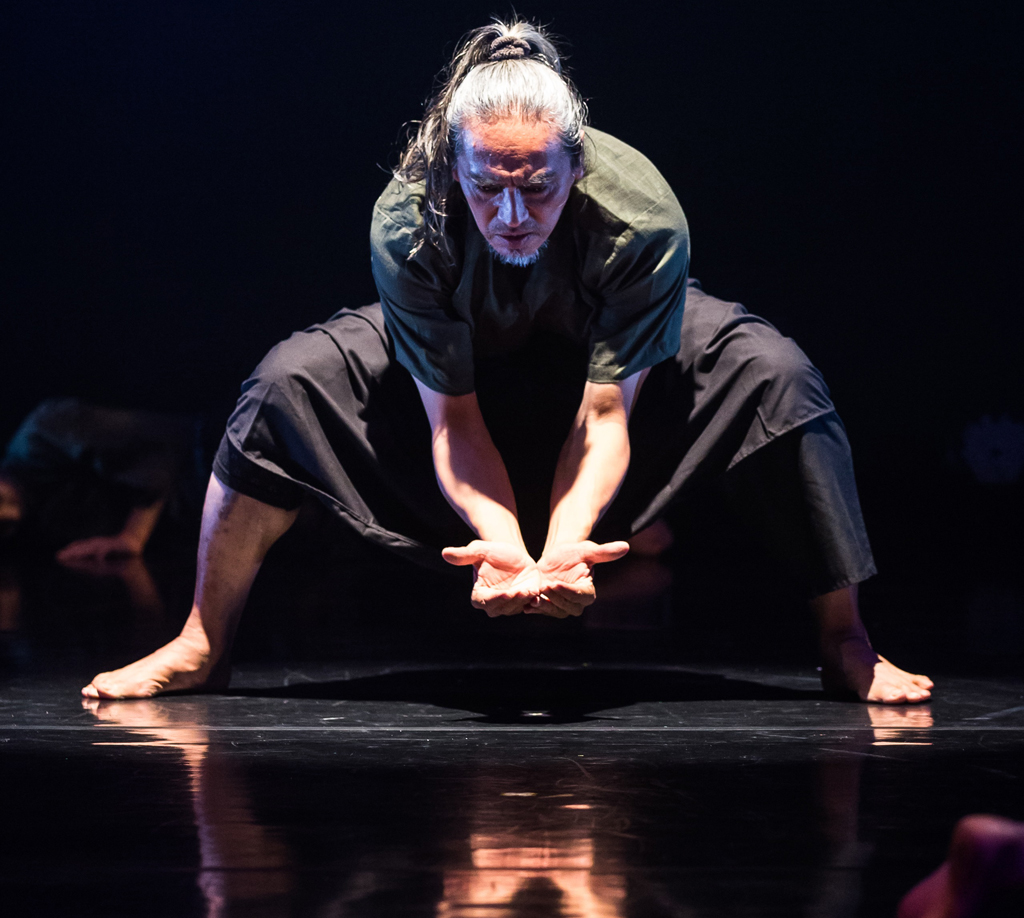
Mr. Osman performing in NUS Ilsa Tari’s 2016 production A…Gong-Biar Mara Datang Bertalu. Image courtesy of Centre for the Arts, NUS Office of Student Affairs
Beyond the usual challenges of being an independent, self-produced director — such as recruiting enough full-time dancers, hand making props, and learning video editing to create trailers — Mr. Osman’s creative efforts faced no shortage of sceptics.
“My experiments weren’t taken seriously by my fellow practitioners, but I believe as an artist, you must take traditional teachings and make them your own,” he says, “I like to think that when I dance, I’m not doing ‘Malay dance’. I’m doing ‘me’, Osman Abdul Hamid, creating something new and personal from everything I’ve learned.”
He likes to use the baju kurung as a metaphor: a timeless staple whose elements can be endlessly adjusted to fit the mood of the times. “Even though there’s a risk of going too far sometimes, there must always be room for exploration and to extend what’s possible.”
Mr. Osman has continued to feed his craft with a wide range of inspirations, choreographing the Chingay parade and dancing in stage productions of Hindu epics like the Ramayana.
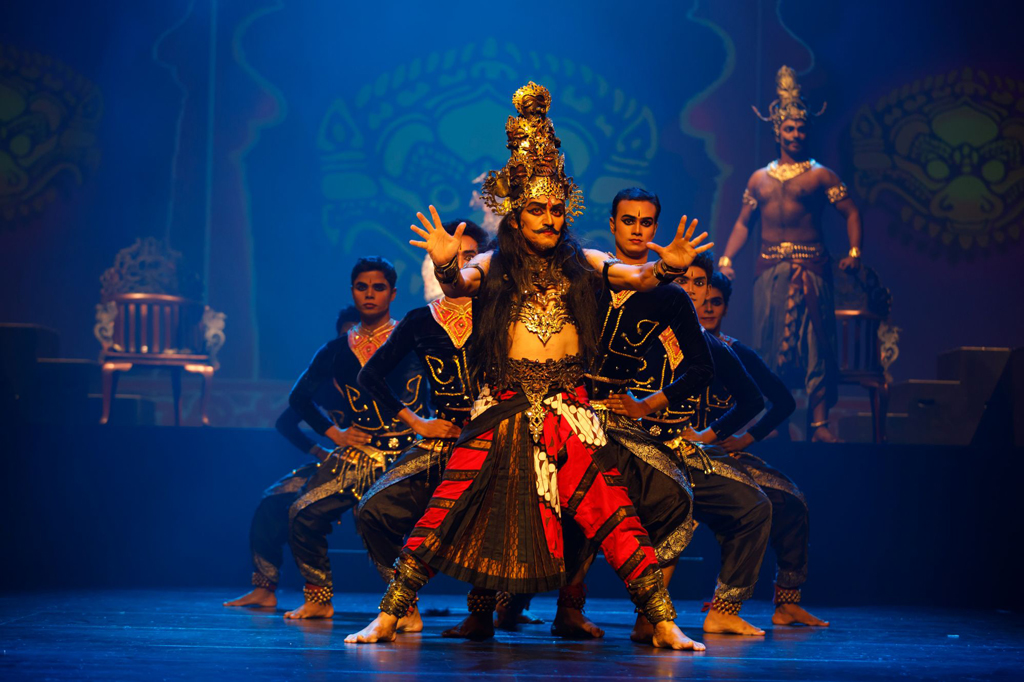
Mr. Osman (centre) as Ravana, in Apsaras Arts’ 2017 production of Anjaneyam: Hamuman’s Ramayana. Image courtesy of Apsaras Arts
It took around a decade before he began to see other dancers and troupes pushing the boundaries of Malay dance, too. The new openness of Singapore’s dance community was reflected in more cross-disciplinary workshops and networking, which has been amplified further by social media.
“That is when I knew I had finally succeeded.”
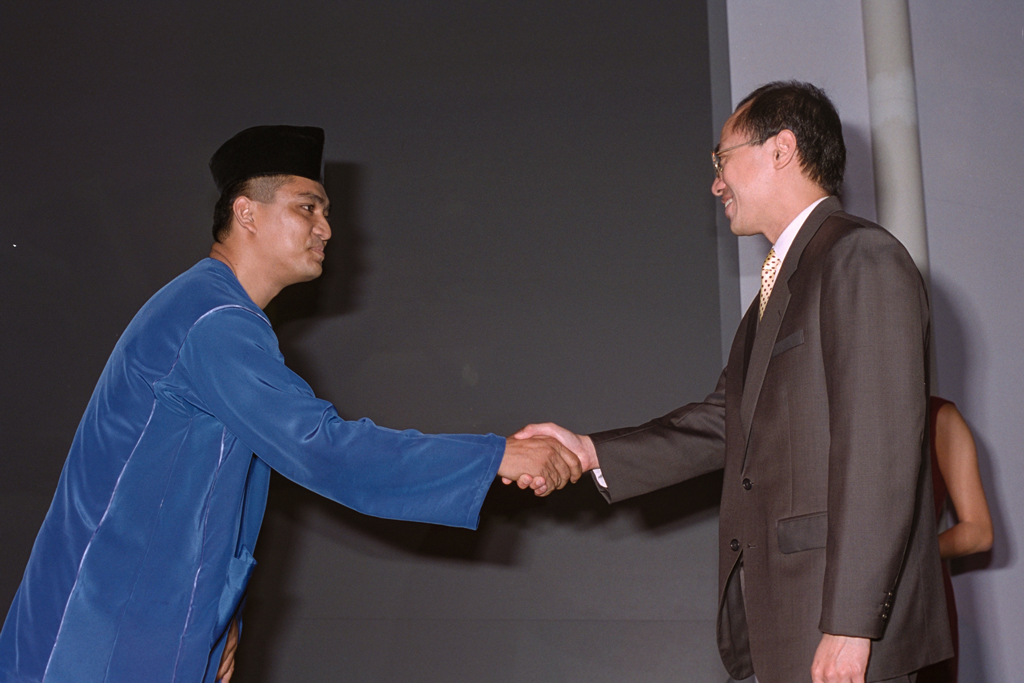
Mr. Osman receiving the Young Artist Award in 1993. Image courtesy of Ministry of Information and the Arts Collection, National Archives of Singapore
Reflecting on his 43-year career, Mr. Osman is proud to have given traditional Malay dance new life. He was recently awarded the Cultural Medallion, Singapore’s highest arts accolade.
“When I won the Young Artist Award in 1993, I was still a young man learning and making plenty of mistakes,” he says, “it gave me determination to do more for my craft, whether it was through teaching or creating. Now that I’ve received the Cultural Medallion, I still feel the same way.”
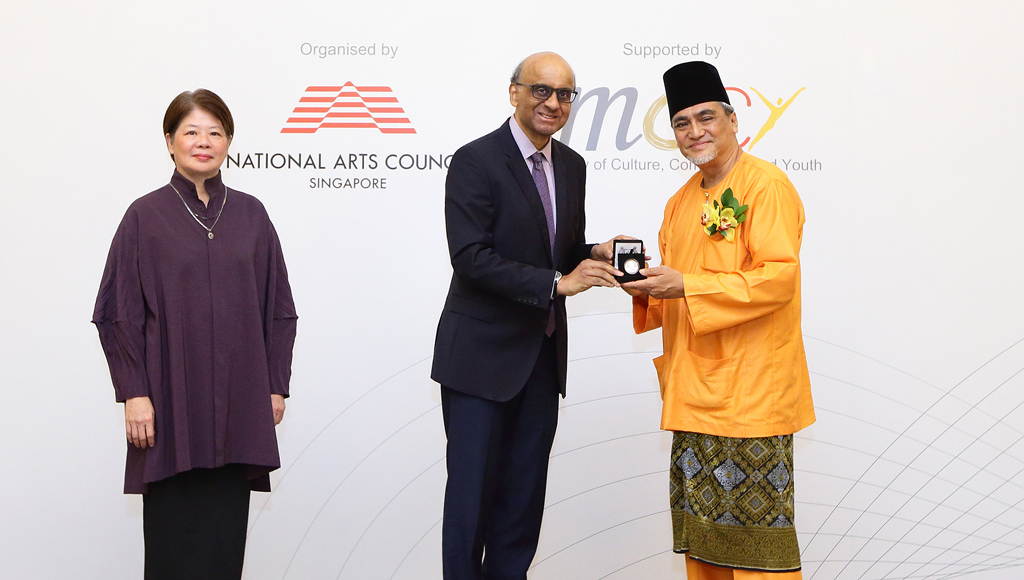
Mr. Osman receives Singapore’s Cultural Medallion in 2023. Image courtesy of National Arts Council
The future looks plenty busy. Era Dance Theatre Limited’s young dancers are already in rehearsals for the company’s newest performance, set to debut in February. It will be a forest fantasy, in which dancers are asked to imagine themselves as and move like trees, flowers, or even fairies.
For Mr. Osman, inspiration can always be found where it first began — in nature, wild, untameable, and forever free.






